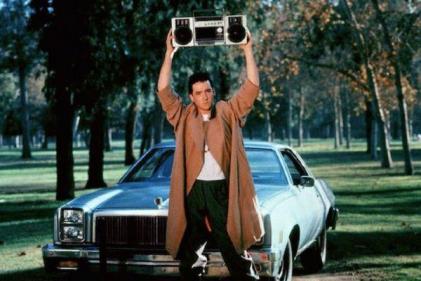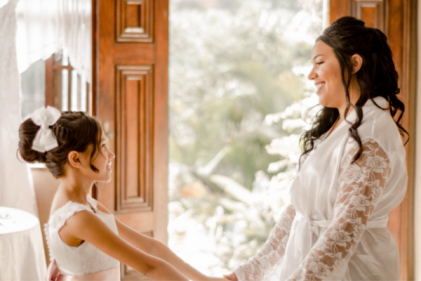If you're a breastfeeding or pumping mum, you may have a lot of questions about how you'll do this while travelling with or without your baby.
Here are the answers to some of the most commonly asked questions about pumping and breastfeeding on planes and in airports, how to store breast milk at your destination, and how to get it home safely.
1. How do I keep my milk fresh while travelling?
When you're moving from place to place, the best way to store breast milk is in sealed containers kept in a small, insulated cooler with frozen ice packs. For containers, many mums like to use pre-sterilized, sealable bags that are specially designed for storing breast milk. You can also use hard plastic or glass containers - just make sure whatever you use is clean and tightly sealed. If you'll be freezing your milk, leave about an inch of room at the top of each container to allow for expansion. In a cooler with ice packs, your milk will stay fresh for 24 hours. You'll be able to give it to your baby that day or the next, or take it to your destination and stick it in a fridge or freezer for longer storage.
2. Can I bring my milk through airport security?
With changes in airport security limiting the amount of liquid that can be carried on planes, many mums have concerns about travelling on an aeroplane with pumped breast milk. Most airports do allow this, but rules can vary depending on the airport, so check online before you leave. If you are permitted to bring your breast milk through security, make sure that as you go through the security checkpoint, you keep your breast milk separate from your other liquids and let the security officials know that you're carrying it on.
3. Can I pump or breastfeed on a flight?
Yes, you should be able to pump or breastfeed on your flight. For added assurance, you can check ahead with your airline to ask about their policy on breastfeeding and pumping on planes. You may want to pack a small blanket, or a light shawl, to give yourself some privacy while you're breastfeeding or pumping. You can also book a window seat, which will give you slightly more room.
4. What is the best time to pump?
If you plan to pump or breastfeed in flight, keep in mind the best times to do so. If you're pumping you may have to wait until after the captain has allowed the use of electronic devices after take-off. If you're breastfeeding and travelling with your baby in your lap, you may want to consider feeding he or she during takeoff or landing to help relieve pressure in your baby’s ears.
5. Is it safe to wash my pumping equipment on the plane?
The water on some aeroplanes has contained coliform bacteria so it shouldn't be used to clean your pumping equipment or bottles. You might want to request bottled water if you do need to clean your equipment. Remember to wash your hands or use hand sanitizer before pumping or handling your pumping equipment, since aeroplanes and airports can expose you to a lot of germs.
6. What are my options in the airport?
If you're travelling to a foreign airport, you may also want to do some research before you leave. Remember that you may need an adapter for your electric breast pump in some countries.
7. How do I store my breast milk once I've arrived?
The easiest thing is to pop it in a fridge once you arrive. If you're staying in a hotel, use the mini-fridge in your room. If your room doesn't come with a mini-fridge, many hotels will provide one if you request it, though they may charge an extra fee. Turning the fridge to its coldest setting is actually cold enough to freeze the milk in some fridges. This can be helpful for transporting milk or sending it home. Some hotels will even store the milk for you in their refrigerators or freezers.
8. How do I send my breast milk home?
If you're travelling away from your baby for an extended period of time, you may want to send your breast milk home to your baby or to be stored in your home freezer. While it can be more difficult and expensive than carrying your milk home yourself, it's certainly possible. If you can freeze your breast milk at your location, you can ship the frozen milk home in a cooler with ice packs using overnight shipping. If the milk arrives frozen it can be stored in the freezer for future use. If it thaws, however, the milk shouldn't be refrozen - it will have to be used within 24 hours.
What have we missed? We'd love to hear your tips for travelling with baby!












